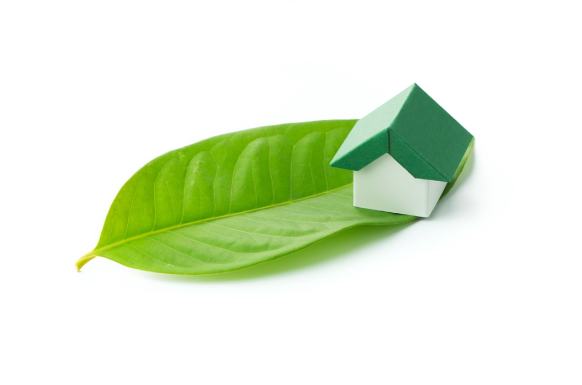When it comes to green home building, homeowners have a lot of uncertainty. We’re all told about the benefits of green homeownership, but do they really pay off? Which home investments are worth the added price tag? Which should you invest in if you already own your home? If you don’t take advantage of green home solutions, are you spending more on energy and utility costs than you should be?
Let’s take a look at a few different angles that make up the true cost of homeownership.
Maintenance Costs and Utilities
When considering the costs and investments you are putting into your home, you should include the ongoing costs of living in your home, not just purchasing it. Most people fail to consider their utility bills and ongoing maintenance for years to come as they plan for home additions, upgrades, or even building a new home from scratch. They focus instead on getting a good deal and covering their needs at the moment.
As you plan certain aspects of your home, like insulation, the HVAC system, soundproofing, security systems, and windows and doors, think about the long-term effects of your decisions. Improper choices can lead to excess moisture, mold growth, poor indoor air quality, and higher utility payments. These not only drain money from your wallet each month but the quality of life in your home.
Insurance and Tax Credits
For homes that invest in green energy, there are a ton of tax credits and insurance breaks available. For example, the Federal Energy Policy Act of 2005 established tax credits of up to $2,000 for new energy-efficient homes. There are also a number of renewable energy tax credits available to homeowners installing geothermal, wind, or solar power systems in their homes. These credits will vary from state to state, so you might need to do a little research to discover what you have available.
Furnishings and Appliances
When you are just starting out, buying appliances and furniture usually involves trying to find the least expensive option that still fits your needs and looks nice. As we grow older, though, we realize that investing in bigger ticket items actually saves us money in the long-term.
For appliances, spending a little more upfront typically results in lower energy use and utility costs, and a longer lifespan for the product. When picking out furniture like sofas or a mattress, paying more for quality is usually worth it as well. Do a little research on each product and find out what other consumers think of it before investing.
Discovering how much energy your home is using (or wasting) isn’t always easy. If you need help, check out RetroGreen’s Energy Audits to measure your home’s heat loss, airflow, moisture levels, and air quality
